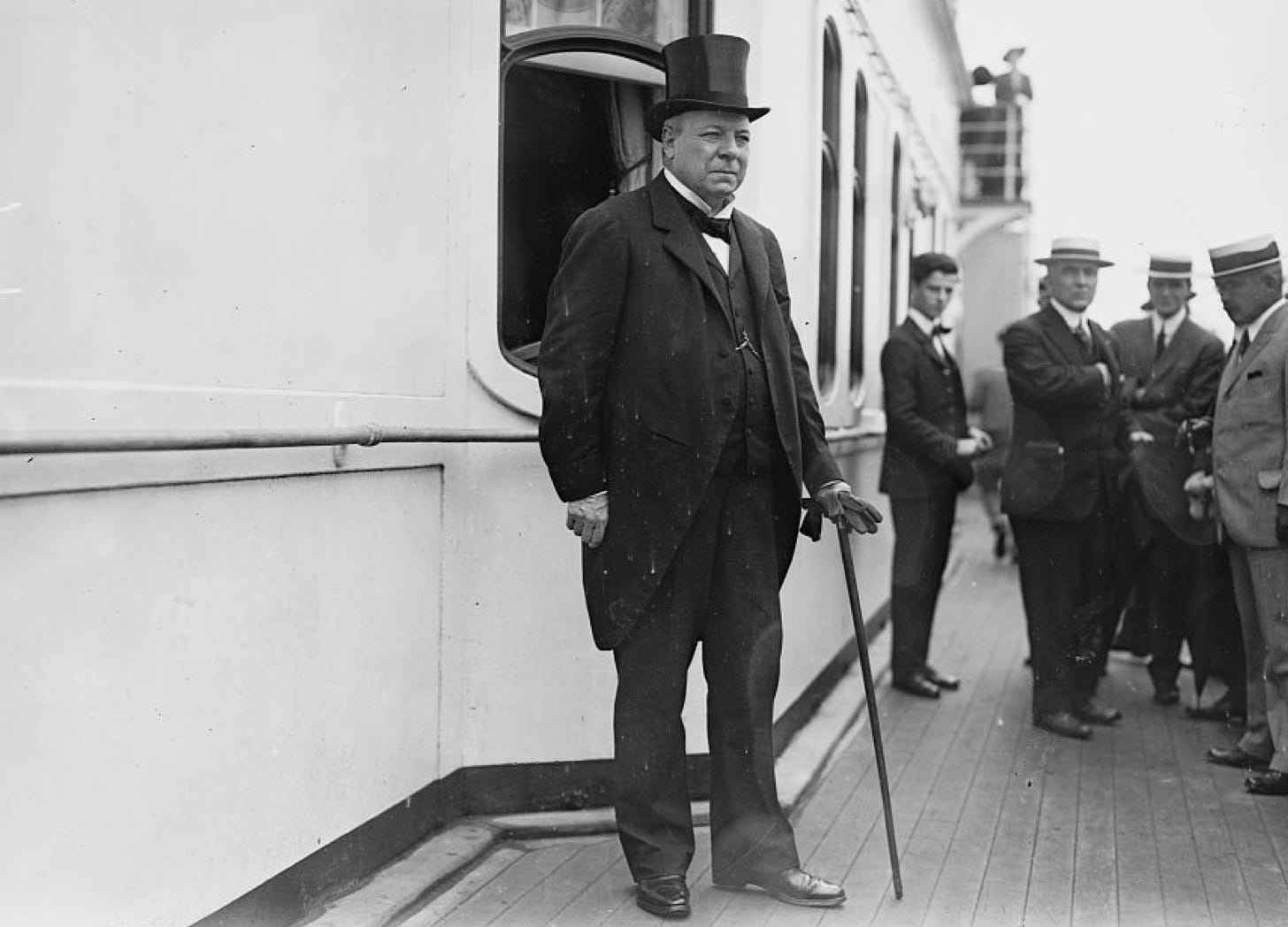
In the course of the First World War the British Army grew by a factor of five.1 At first glance, this great expansion appears to have resulted from a long series of ad hoc measures. Upon closer inspection, however, a different pattern emerges. Just below the surface of a great exercise in improvisation, one can see the interaction of two very different approaches to the problem of mass mobilization.
One of these approaches belonged to Horatio Herbert Kitchener, the walrus-moustached professional soldier who was, among many other things, the poster child for the British war effort. The other was the brainchild of Richard Burdon Haldane, a lifelong civilian, who, notwithstanding mannerisms that led some contemporaries to compare him to a penguin, might safely be described as the architect of the military forces available the United Kingdom at the outbreak of the war.




